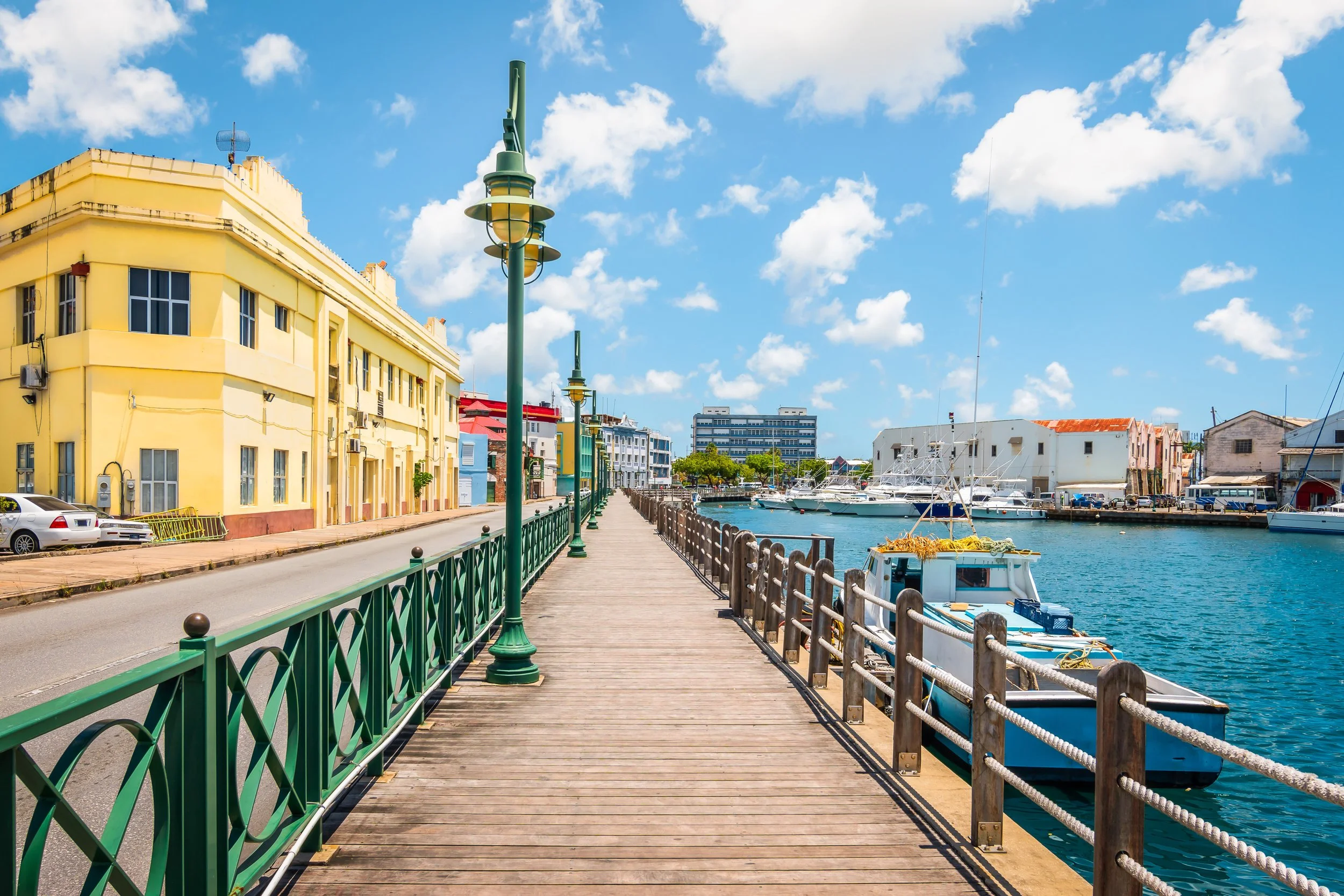Barbados Just Tried Something New. Will Credit Ratings Catch Up?
Barbados has launched a regional debt-for-resilience swap designed to unlock fiscal space for climate and social investment. It is being backed by multiple development banks and aims to serve as a regional blueprint. Yet, the real test may lie elsewhere: will the global credit rating system recognise this kind of innovation?
What makes this swap different
The mechanism announced in July represents a significant departure from previous debt-for-nature transactions. This regional facility is backed by four major multilateral development banks: the Inter-American Development Bank, World Bank, CAF, and Caribbean Development Bank. Unlike the bespoke negotiations that characterised earlier swaps - which could take years to structure - this facility promises standardised processes that could reduce transaction times from years to months.
The estimated regional pipeline sits between $2 billion and $3 billion, with Barbados serving as the initial test case. Finance Minister Ryan Straughn confirmed that Barbados will focus initially on a ‘debt-for-social swap to create fiscal space to renew investment in our social sector’. The facility’s ‘resilience’ designation provides broader flexibility than climate-specific swaps, encompassing everything from physical infrastructure to health systems and education.
The connection to the Bridgetown Initiative - Barbados’s broader reform agenda for international financial architecture - positions this as more than a standalone transaction. It represents a practical demonstration of how vulnerable states might systematically access affordable, long-term finance for development priorities.
How rating agencies think about such instruments
Credit rating agencies have developed relatively consistent frameworks for evaluating debt swaps, though their treatment reveals both opportunities and limitations. The primary analytical lens focuses on four key factors: legal enforceability and debt servicing capacity, fiscal space creation and interest savings, presence of guarantees or concessionality, and governance improvements in targeted sectors.
S&P Global’s February 2024 analysis suggested that debt-for-nature swaps are ‘gaining traction among lower-rated sovereigns’ but noted that despite lowering debt burdens, ‘none of these transactions has changed the issuer’s fundamental credit characteristics or led to higher ratings’. S&P’s methodology treats these transactions under its distressed exchange framework, focusing on whether bondholders receive less than originally promised and whether the swap helps the issuer avoid an imminent default.
Moody’s April 2025 upgrade of Barbados to B2 offers a more nuanced picture. The rating agency explicitly cited ‘expectations of higher real GDP growth supported by structural reforms and higher investment in key sectors, including investment in climate resilience efforts’. This represents significant integration of ESG factors into sovereign credit analysis, with Moody’s noting that Barbados is targeting around 5% of GDP in public investment annually in coming years, compared with just 1.3% in 2018.
The upgrade recognised resilience investments as supporting economic growth, even as Hurricane Beryl impacted the economy in 2024. Moody’s observed that real GDP growth remained strong at 4%, partly attributed to ongoing infrastructure and resilience investments. Yet the agency’s treatment of Barbados’s December 2024 debt-for-climate swap - which generated $125 million in fiscal savings - received only indirect recognition in the rating rationale, suggesting that traditional fiscal metrics still dominate over innovative financing mechanisms.
The rating system’s moment of choice
This raises a broader question about whether rating methodologies adequately capture sovereign innovation in climate finance. While rating agencies are independent in their assessments, their frameworks are not immune to evolution - especially as sovereign instruments themselves become more complex. The standardised regional facility could serve as a test case for whether agencies will adapt their frameworks to recognise systematic resilience building rather than treating each swap as an isolated transaction.
Research indicates that environmental risks now affect $4.3 trillion in rated debt globally, yet rating agencies have been slow to systematically incorporate long-term resilience dynamics. Current methodologies emphasise near-term fiscal impacts over longer-term structural changes, potentially undervaluing investments that enhance debt sustainability over time. The UN Economic Commission for Africa has noted this temporal mismatch, highlighting that climate-resilient countries demonstrate lower bond yields and higher sovereign ratings, but with significant lags in rating agency recognition.
The involvement of four major multilateral development banks in the Barbados facility provides credit enhancement that should theoretically improve agency comfort with the mechanism. More importantly, the standardised structure could establish precedents for rating treatment of similar instruments across other climate-vulnerable regions. If successful and replicated, this could force methodological evolution in how agencies assess the creditworthiness of countries pursuing proactive climate adaptation.
Barbados is not asking for special treatment, but for fair recognition of structural improvement. If rating agencies do not adapt their frameworks to properly value resilience investments, they risk creating perverse incentives against exactly the type of sovereign innovation that countries need for long-term stability.
What comes next
The facility will be formally launched at COP30 in Brazil this November, with several Caribbean countries - including Grenada, Belize, and Dominica - expected to join by year-end. Its success will not only depend on interest savings or project delivery - it will depend on whether rating agencies evolve to treat such models consistently as part of sovereign credit assessment.
Will this swap become a blueprint for other regions? Will rating agency frameworks evolve to properly value systematic resilience building? How should we judge rating success in a changing financial climate where traditional metrics may miss the most important dynamics?
Barbados may be small, but in sovereign finance innovation, it continues to set precedent. Whether the global rating system evolves in response - or maintains frameworks that risk undervaluing resilience - will shape how vulnerable countries access capital for years to come. This is not just about Barbados. It is about whether the institutions that shape capital access can evolve fast enough to meet the realities of 21st-century sovereign risk.
If you want more on this story, subscribe to ‘Rated with Daniel Cash’, a YouTube Channel devoted to all things credit rating related!


